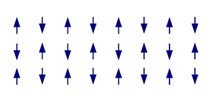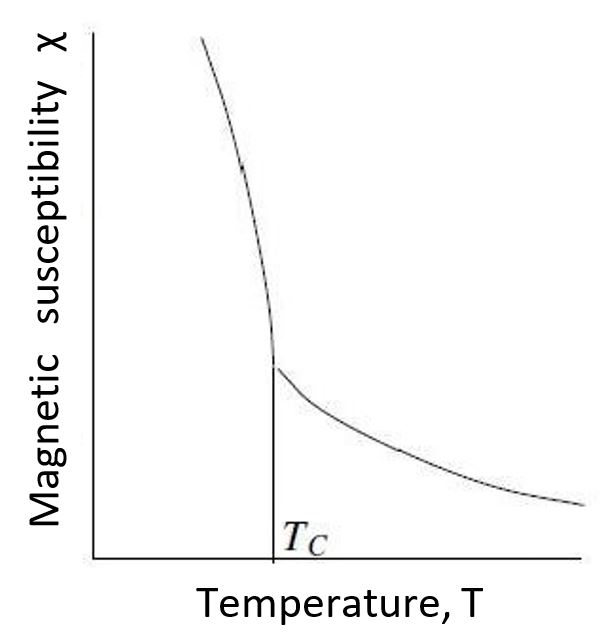Antiferromagnetism
Antiferromagnetism was discovered by Louis Neel in 1930, it was from the theory of ferromagnetism, that he realized that in several substances in atoms the electrons are aligned in the opposite way. As a result, the electrons neutralize each other, resulting in a zero magnetic effect. This set of events gave rise to the antiferromagnetic phenomenon. Then in 1970, Louis Neel was awarded the Nobel Prize for taxation.
Antiferromagnetism occurs when electrons are arranged in the same direction, but the opposite direction. In this way, if they have the same absolute value, as we said before, they cancel each other out; and if they are different, it decreases.
Antiferromagnetic ordering
In contrast to ferromagnetism, antiferromagnetism is found in materials that have domains aligned in opposite directions. In addition, ferromagnetism is characterized by resistance to magnetization.

Magnetic materials can be divided into several groups depending on their properties. We can find:
– Ferrimagnetism
– Antiferromagnetism
Like ferromagnetic and ferromagnetic materials, these are divided into magnetic domains.
Antiferromagnetic properties
Antiferromagnetic materials have a zero magnetic moment, in other words, when these materials have a natural state, the magnetic moments of the atoms are opposite so they are contrasted, making them zero. The magnetic moment is the vector magnitude that indicates the intensity of a magnetic field.
By creating resistance to magnetization, the anti-magnetic material adopts a magnetic permeability greater than 1. In the same way, the antiferromagnetism is distributed by domain, whose magnetic moments are aligned
Neel or magnetic ordering temperature
The Neel temperature is the temperature at which the antiferromagnetic material begins to lose the effect of the characteristic properties of antiferromagnetism. Consequently, they are transformed into paramagnetic materials.

Here are some examples of materials with NEEL temperature
Antiferromagnetic materials Neel temperature Ferrous oxide 198 k Nickel fluoride 73 k Chromium 311 k Manganese oxide 116 k Manganese fluoride 67 k
Applications of antiferromagnetic materials
Ferromagnetic materials can be used for various applications, the best known of which are for hard disks. Due to this type of magnetization, it is mostly used in the field of technology.